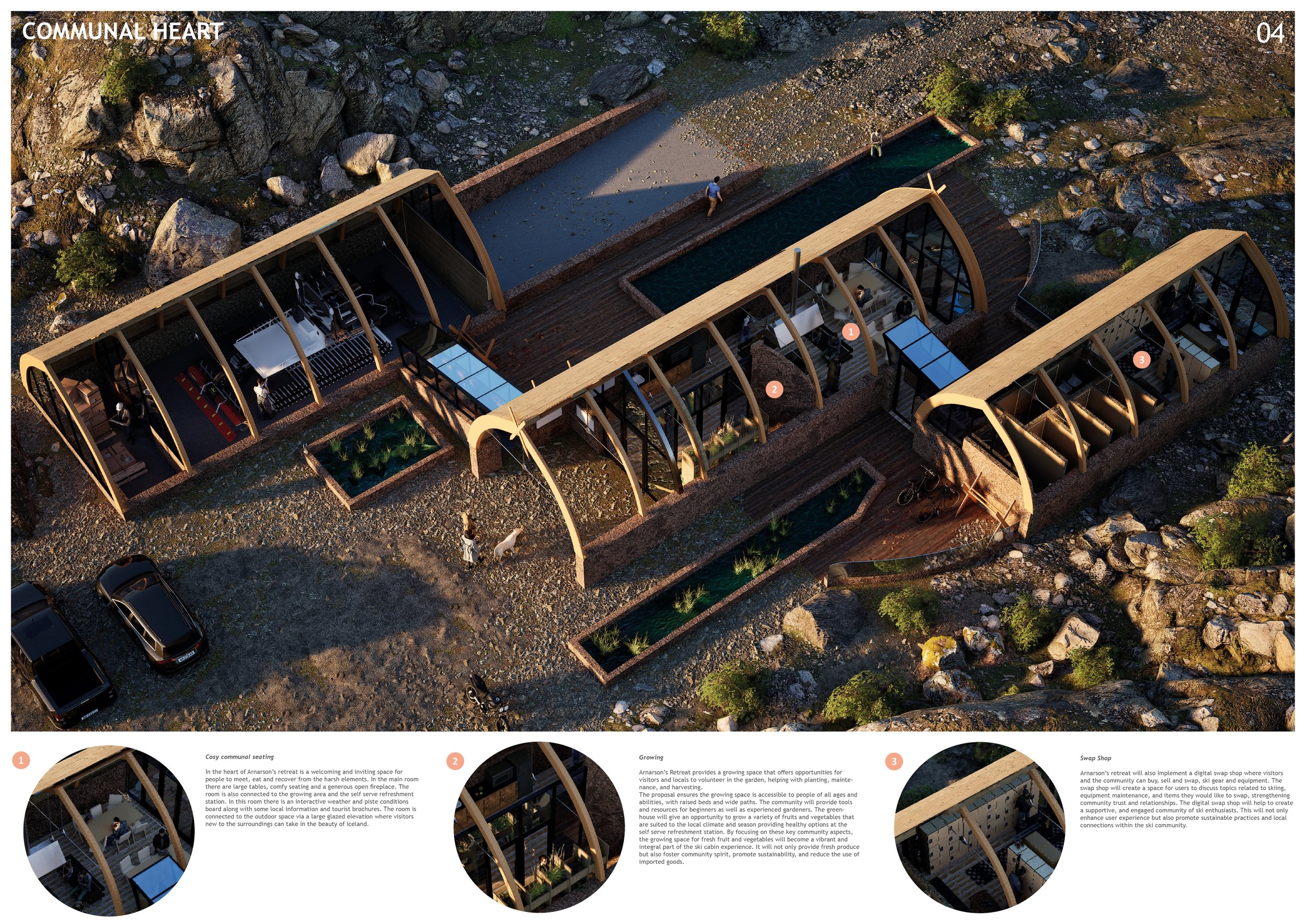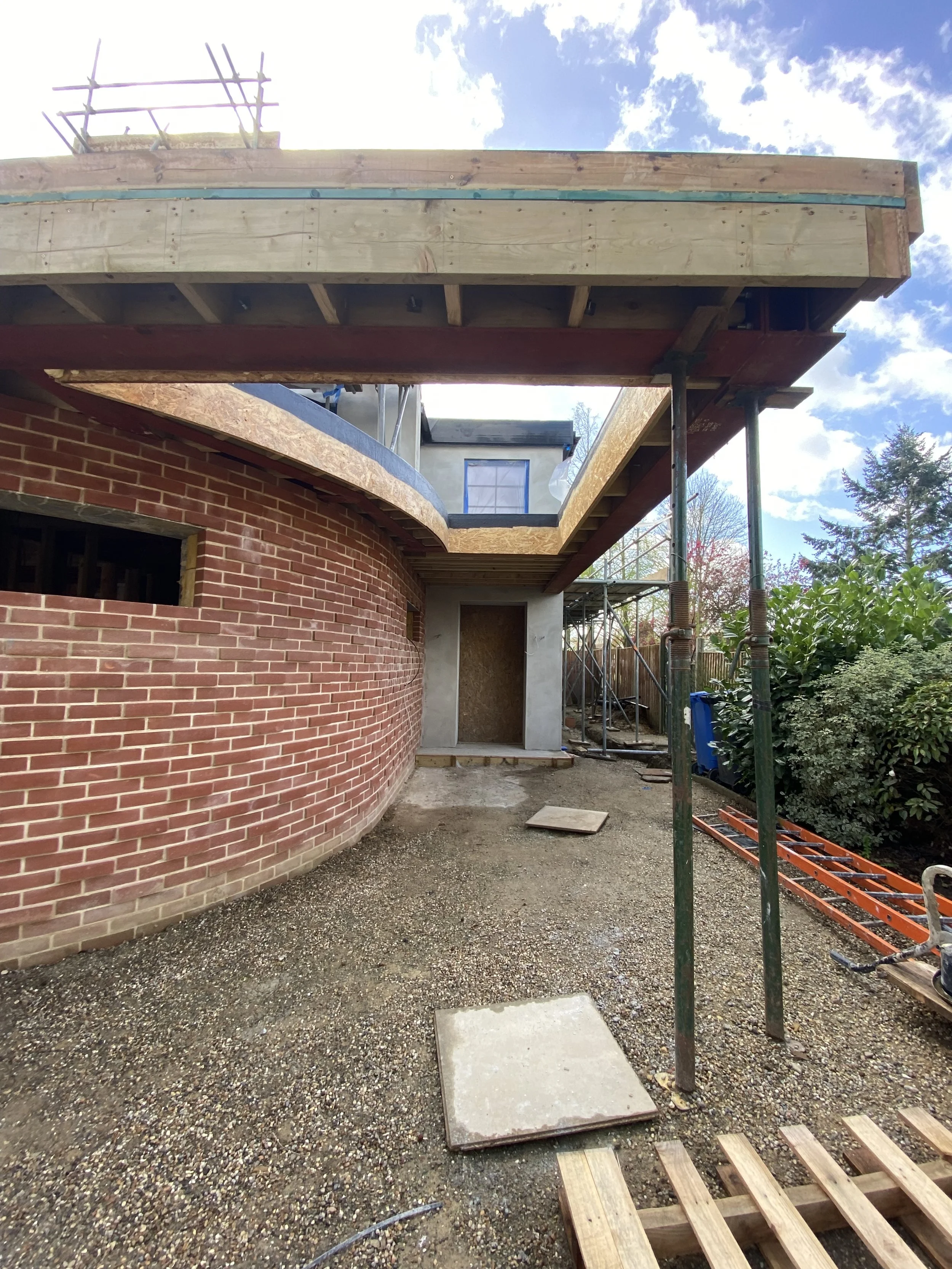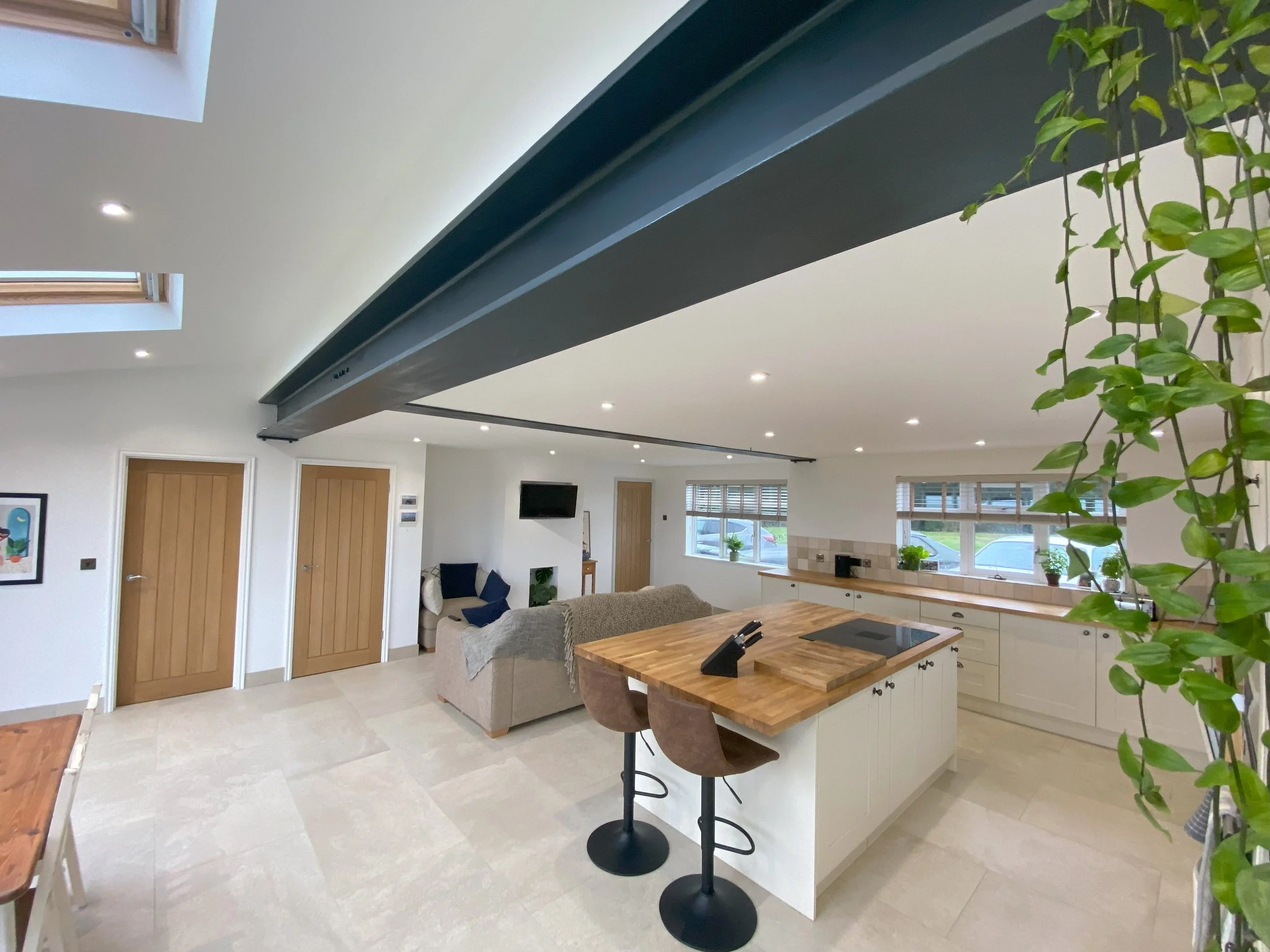The Process
At Robson Everett, we offer thoughtful architectural services that support you at every step, from your initial ideas to project completion. Acting as the principal designers with a wealth of experience in sketch schemes, planning approvals and technical drawings, we’re here to make the process smooth and as stress-free as possible.
Depending on your project's location, scale, or purpose, specific processes to you will apply. It is not always easy knowing where to start , this is where Robson Everett provide clarity on your next steps, how to take them, who will be involved and what the fees will be.
Phase 0-1
Feasibility & Surveys
The first stage of our process is really important because it’s when we get to know you and your vision for the project. In our initial discussions, we’ll gather as much information as possible about your goals and the project brief. This becomes the backbone of everything we do from that point forward.
Once we understand the project requirements, we’ll move on to studying the site. This first look helps us assess whether the project is feasible and sets us up to collect more detailed survey data. During the survey phase, we gather in depth information about the site, including preparing drawings of existing conditions. These drawings become the base for developing our concept designs. By putting this effort in upfront, we ensure that every design decision is built on a strong foundation of knowledge and understanding
Key elements of this stage:
Measured survey of the existing building
Topographical survey
Ecology survey
Arboriculture surveys
Phase 2
Concept Design
We begin by interpreting the project brief through a series of concept sketches, diagrams, and preliminary drawings that explore key design ideas and spatial strategies. This stage is highly collaborative, we work closely with you to ensure the proposals reflect your vision and objectives, while also responding to the site context and project constraints.
Where appropriate, we may seek early engagement with the local planning authority through pre-application discussions. This allows us to obtain initial feedback on the emerging proposals and identify any planning considerations that may influence the development of the design.
Key elements of this stage:
Analyse the site and its context to identify opportunities and constraints, ensuring well-informed concept design development.
Prepare initial sketches and visual material that translate the client’s brief into early design proposals.
Engage with the local planning authority through pre-application advice to obtain preliminary feedback.
Agree on a preferred design concept to progress into the next stage of design development.
Phase 3
Detailed Design and Planning Application
Following approval of the concept design, we progress the proposals into a developed design that refines and coordinates the architectural, structural, and environmental aspects of the project. This phase includes the preparation of detailed drawings, design statements, and, where appropriate, 3D visualisations to clearly communicate the proposed development.
If required, we will coordinate with other consultants such as ecologists, arboriculturists, or highways engineers to ensure all necessary supporting information is in place for a comprehensive planning submission. We manage the planning application process on your behalf, liaising with the local planning authority as necessary.
Once the planning application has been submitted, the design is typically held in abeyance while the application is determined. During this period, no further design development is undertaken unless revisions are specifically requested by the planning authority.
Key elements of this stage:
Finalise the design proposals in preparation for planning submission.
Coordinate with specialist consultants to obtain necessary reports and supporting information for the planning application.
Prepare and submit the required planning application(s) to the local planning authority.
Phase 4
Technical Designs & Tender
At this stage, the approved design is developed into detailed technical information suitable for construction and statutory approvals. We prepare a full set of coordinated working drawings, schedules, and specifications to inform both the construction process and a Building Regulations application.
We provide fully detailed information to ensure that the design intent is clearly communicated, minimising the need for interpretation by the contractor on site. Where required, we collaborate with specialist consultants and our preferred structural engineers to ensure their input is fully integrated into the overall design in a coordinated and efficient manner.
Key elements of this stage:
Prepare detailed construction information and drawings to enable the works to be carried out in accordance with the approved planning drawings.
Submit the necessary Building Regulations documentation to the appointed private building inspector or the local authority for approval.
Phase 5
Construction
Following the appointment of a contractor, we prepare and finalise the building contract for signature by both parties. During the construction phase, we review and comment on specialist subcontractor and supplier drawings, and remain available to provide clarification or respond to site queries to support accurate delivery of the design.
Although we do not manage the construction works, we carry out regular site visits to monitor progress, workmanship, and compliance with the contract documents, ensuring the project is delivered in line with the agreed design intent.
When appointed as Contract Administrator, we act independently and fairly between the client and contractor. Our duties include issuing instructions, assessing variations, and certifying interim payments in accordance with the terms of the contract.
Key elements of this stage:
Prepare and finalise the building contract between the client and the main contractor.
Monitor the detail, progress, quality, and accuracy of the construction works throughout the build.
Provide contract administration services, acting as Contract Administrator if appointed.
Phase 6
Post Construction
Following practical completion and handover of the building to the client, the rectification period (also known as the defects liability period) commences. This period, typically 12 months as set out in the building contract, allows the main contractor to return to site to remedy any defects or outstanding snagging items identified during occupation.
During this time, we may carry out follow up inspections, document the completed project through photography, and gather feedback from building users. This post-occupancy review helps inform future projects and ensures knowledge is captured and shared.
At the end of the rectification period, we carry out a final inspection and, once all outstanding items have been resolved, issue the Final Certificate, formally closing the contract and marking the conclusion of our role.
Key elements of this stage:
Monitor the building throughout the rectification (defects liability) period.
Instruct the contractor to rectify any identified defects or outstanding snagging items.
Close out the project by confirming all works are complete and issuing the final completion certificates.
Let’s Build.
From conceptualising to constructing, we’re ready to design your architectural dream. We promise a client centric approach that empowers ideas, eases concerns, and delivers quality craftsmanship we’ll all be proud of.






